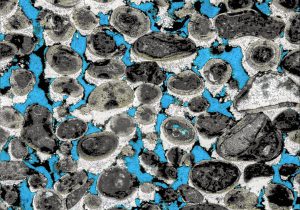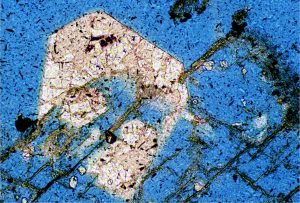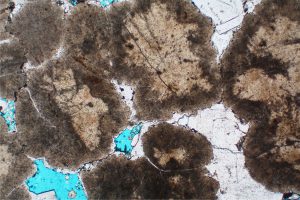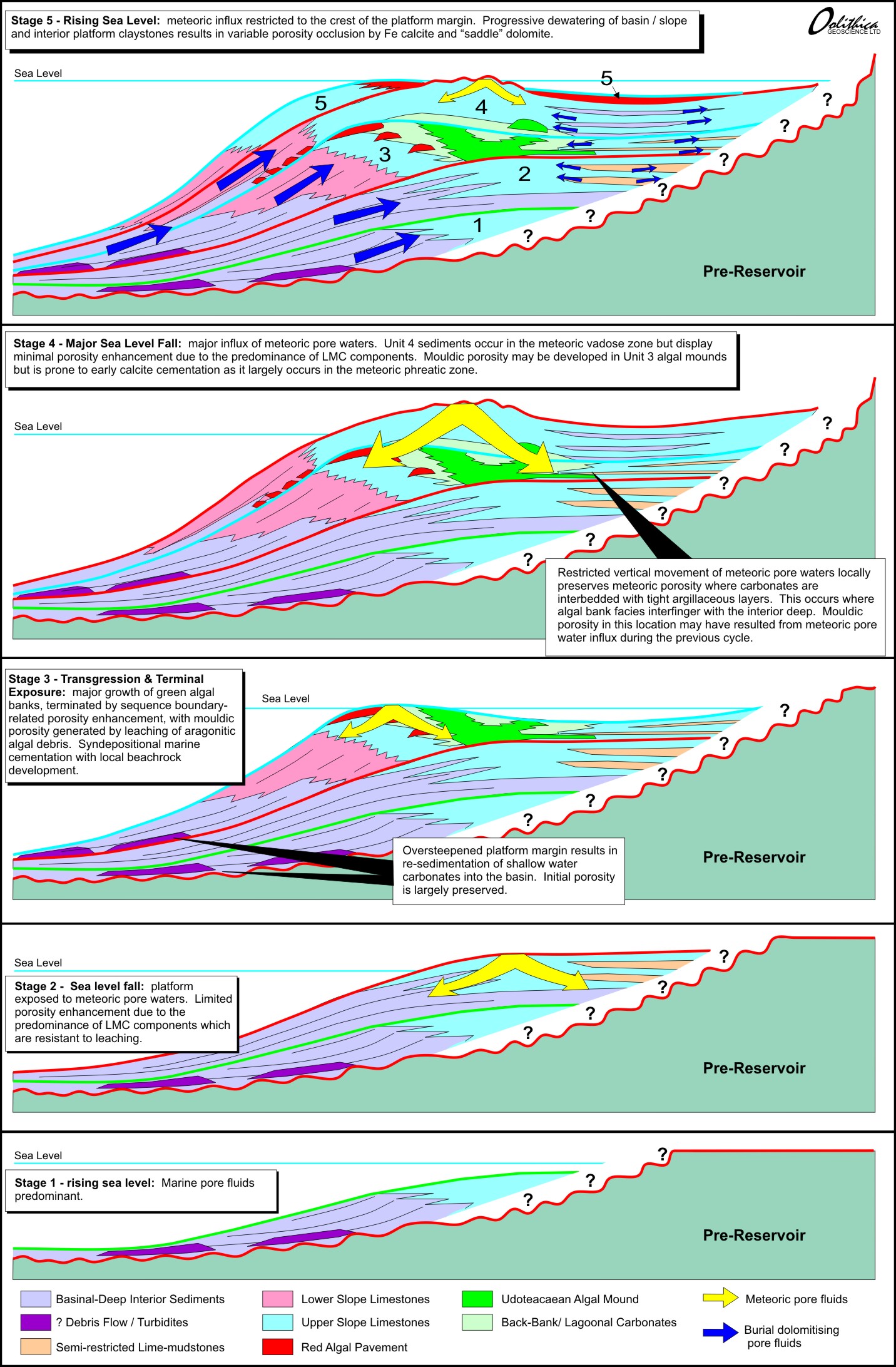Diagenetic Studies
Diagenetic Studies
Diagenetic studies provide answers for a great variety of reservoir and exploration issues from determining variations in the diagenetic overprint and reservoir properties within a basin fill to focussing on the causes of specific anomalies in reservoir behaviour.
Sample types used: Outcrop, core, SWC, cuttings and fluid samples
These studies can be used to:
-
Document diagenetic overprint & variations relative to facies and burial history
-
Document and explain porosity evolution and controls on the resulting pore network distribution
-
Aid identification of undrilled sweet zones
-
Identify underlying controls on permeability distribution
-
Timing of hydrocarbon migration and emplacement, relative to cement history and porosity evolution
-
Timing of breaching / re-migration events / seismic valving
-
Play fairway mapping
-
Recognising paleo OWC’s
A wide range of analytical techniques are available to achieve the desired objectives. These include Petrography, XRD, SEM, fluid inclusions, cathodoluminescence, stable and unstable isotopes, AFTA, radiometric dating, trace element analysis, geochemistry etc.
‘Black box’ diagenetic modelling is very popular in the industry at the moment and although seductive, provides answers only as good as its inputs, potentially leading to incorrectly assessed risks or missed opportunities. Work programmes that integrate appropriate analyses, with tectono-stratigraphic modelling and burial history analysis can achieve outstanding results.
Secondary intraparticle porosity preserved by grain coating diagenetic chlorite which has preserved the original grain outline & cleavage planes. Small apatites within the moulds could be used to date dissolution relative to burial history by AFTA.
Late-stage calcite cement partly occludes primary and secondary porosity. Fluid inclusions in the calcite can be used to determine the salinity and temperature of the parent cementing fluids. Integration of this temperature data with burial history modelling can be used to constrain the absolute age of the calcite cement.
Sample from an oil-charged largely diagenetic reservoir fairway is characterised by granule-sized 'spherules' which result from decarboxylation-related dedolomitization of basin foreslope lime mudstones. Secondary interparticle macropores between the spherules are partially occluded by late-stage ferroan calcite and by subsequent halite cements. Fluid inclusions within the ferroan calcite indicate precipitation temperatures indicative of formation from fault sourced deep burial fluids.




